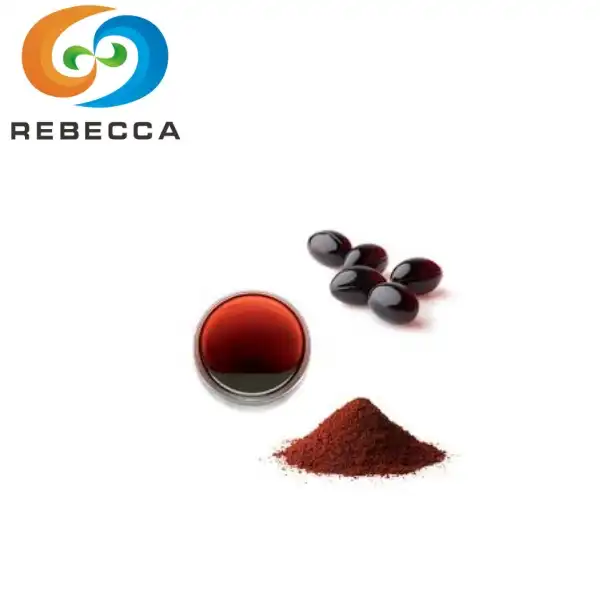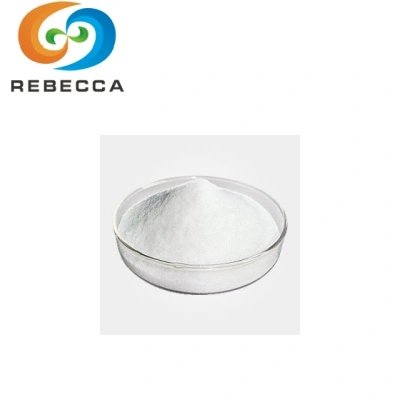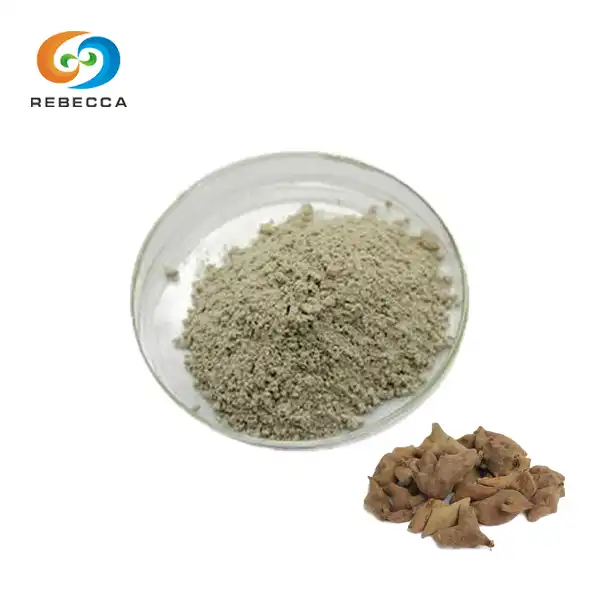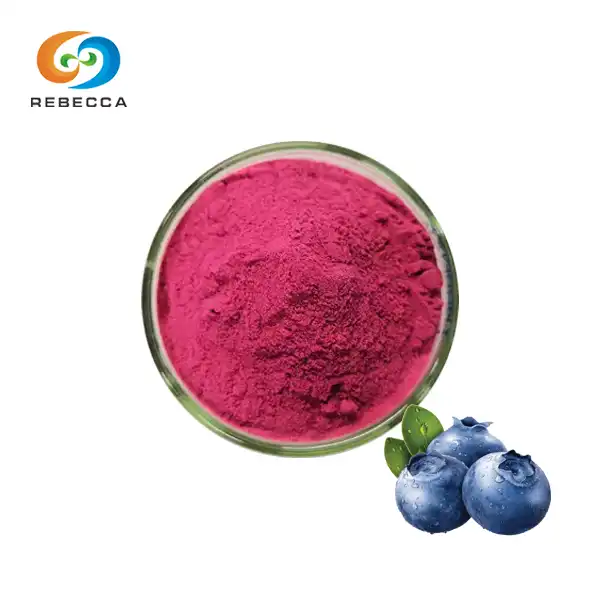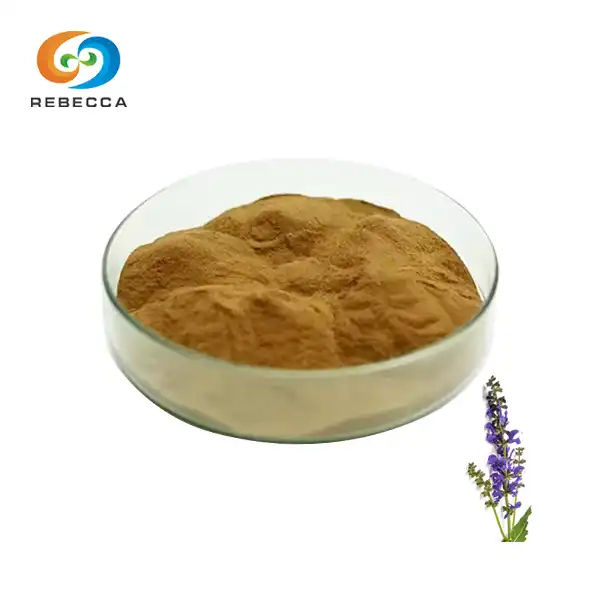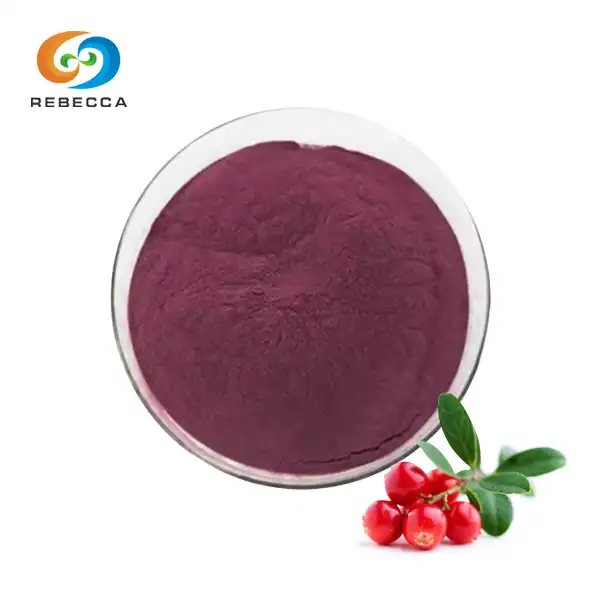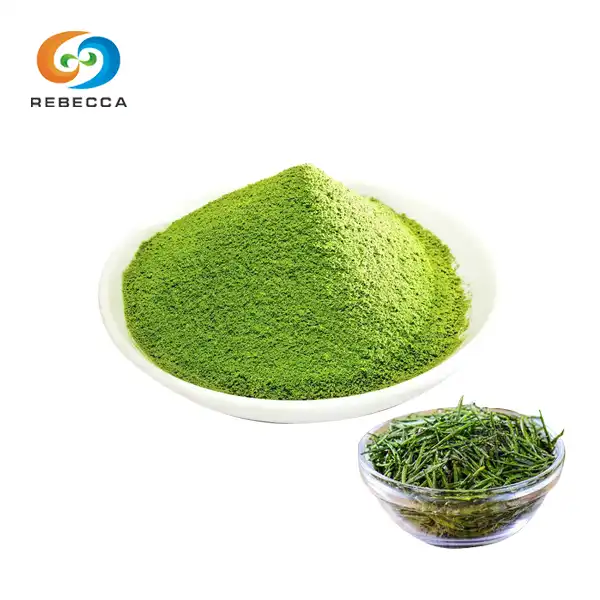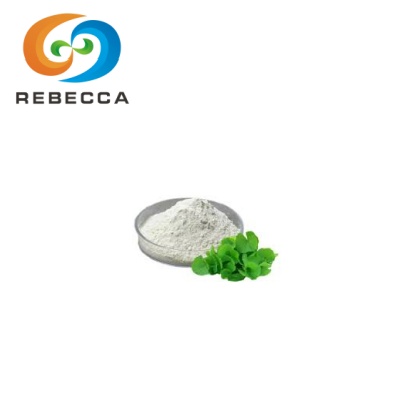How to extract silica from bamboo?
Bamboo, a plant known for its rapid growth and versatility, harbors a lesser-known treasure: silicon. bamboo extract silicon, more accurately described as silica (silicon dioxide, SiO₂), has gained significant attention in various industries due to its valuable properties. This natural resource offers a sustainable alternative to traditional silica sources, aligning with global efforts to develop eco-friendly materials and processes.
The extraction of silica from bamboo represents an intersection of traditional knowledge and modern scientific techniques. The process involves several critical stages, each requiring careful execution to ensure a high-quality yield.
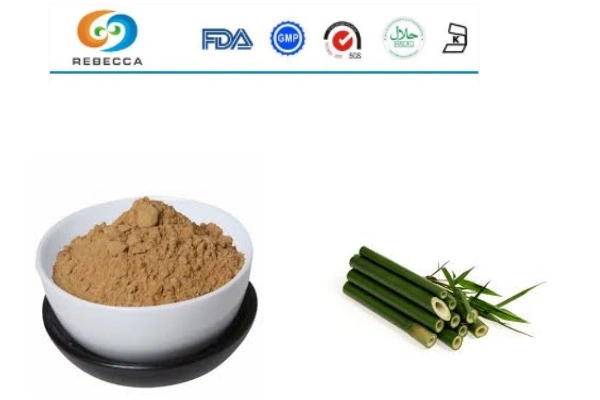
Bamboo Extract
Latin Name: Bambusa Schreb
Grade: Food Grade
Active Ingredient: silica
Specification: 50%,70%,customized
Appearance: White fine powder
Application: Health Care Product
Sample: Sample Available
Stock: In Stock
Certificates: ISO9001: 2015/ISO22000/Halal/Kosher/HACCP
Preprocessing of Bamboo and Removal of Organic Matter
The journey from raw bamboo to purified silica begins with crucial preprocessing steps. These initial procedures prepare the bamboo material for effective silica extraction by removing unwanted components and creating optimal conditions for subsequent extraction phases.
Selection and Harvesting
The extraction process starts with the selection of appropriate bamboo species. While most bamboo varieties contain silica, certain species such as Bambusa vulgaris and Dendrocalamus asper have demonstrated higher silica content, particularly in their leaves and outer culm layers. Mature bamboo plants, typically three to five years old, generally yield the highest silica concentrations.
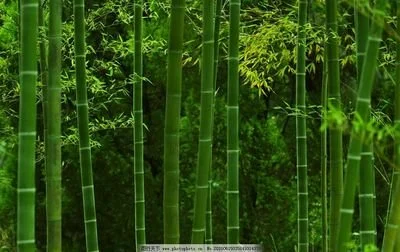
Physical Preparation
After harvesting, the bamboo undergoes physical preparation to increase its surface area and facilitate efficient extraction. This preparation typically involves:
①Cleaning: Thoroughly washing the bamboo material to remove surface contaminants such as dust, soil particles, and microorganisms that might interfere with the extraction process.
②Size Reduction: Cutting the bamboo into smaller pieces, followed by grinding or milling to create bamboo powder. This reduction in particle size significantly increases the surface area exposed to extraction reagents, enhancing extraction efficiency.
③Drying: Removing moisture through air-drying or oven-drying at controlled temperatures (typically 60-80°C) to prevent microbial growth and prepare the material for subsequent chemical treatments. This step requires careful temperature control to avoid degradation of the bamboo's structural components.
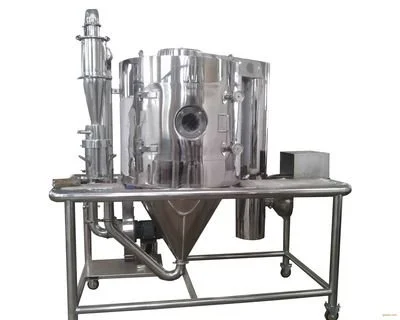
Removal of Organic Matter
Bamboo contains approximately 90-95% organic matter, including cellulose, hemicellulose, and lignin, alongside 5-10% inorganic components, with silica being the predominant inorganic constituent. The removal of these organic components represents a critical step in isolating bamboo extract silicon.
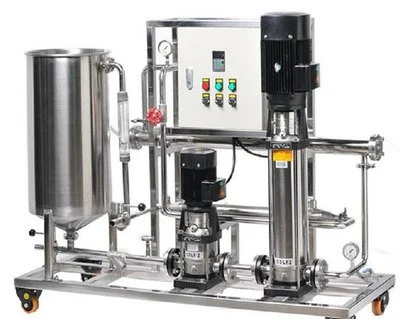
Isolation of Silica
The isolation phase represents the core of the bamboo extract silicon production process. After preprocessing and organic matter removal, the material contains concentrated silica that must be separated from remaining impurities and transformed into a usable form. This stage employs specialized techniques that leverage the chemical properties of silicon compounds.
Alkaline Extraction
The most widely employed method for silica isolation from preprocessed bamboo material is alkaline extraction. This process capitalizes on silica's amphoteric nature—its ability to react with both acids and bases, particularly its solubility in strong alkaline solutions.
Mechanism of Alkaline Extraction
When treated with strong alkaline solutions such as sodium hydroxide (NaOH) or potassium hydroxide (KOH), silicon dioxide reacts to form soluble silicates according to the following reaction:
SiO₂ + 2NaOH → Na₂SiO₃ + H₂O
This transformation converts solid silica into water-soluble sodium silicate (or potassium silicate when using KOH), allowing it to be separated from insoluble impurities through filtration.
Acid Precipitation
The filtered silicate solution then undergoes acid precipitation, a process that reverses the solubilization and converts silicates back to silica. This critical step employs controlled acidification to precipitate silicon compounds from the solution.
Silica Gel Formation
The precipitation process typically forms a silica gel, a three-dimensional network of silica particles with water molecules trapped within the structure. This gel represents an intermediate form before final processing.
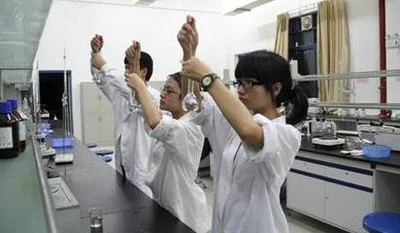
Alternative Isolation Methods
While alkaline extraction followed by acid precipitation represents the most common approach, alternative methods include:
Purification and Drying
The final phase in producing high-quality bamboo extract silicon involves purification and drying processes that remove residual contaminants and achieve the desired physical form. These steps significantly influence the purity, surface characteristics, and overall quality of the final product.
Purification Techniques
Despite the selective nature of the previous isolation processes, the silica gel typically contains trace impurities that require removal. These contaminants may include residual sodium or potassium salts, trace metals, and organic compounds that survived earlier processing.
Drying Methods
After purification, the hydrated silica gel requires drying to remove water and achieve the desired physical form. The drying method significantly influences the final properties of the bamboo extract silicon, including surface area, porosity, particle size, and aggregation state.
Conventional Drying
Conventional drying methods include:
①Oven Drying: Heating the silica gel in conventional ovens at temperatures typically between 80-150°C. While straightforward, this method often causes significant collapse of the silica's porous structure due to capillary forces as water evaporates.
②Vacuum Drying: Applying reduced pressure to lower the boiling point of water, allowing drying at reduced temperatures (40-80°C). This approach better preserves the silica structure compared to conventional oven drying.
③Microwave Drying: Utilizing microwave energy for rapid volumetric heating, reducing drying times significantly while potentially preserving more of the original structure.
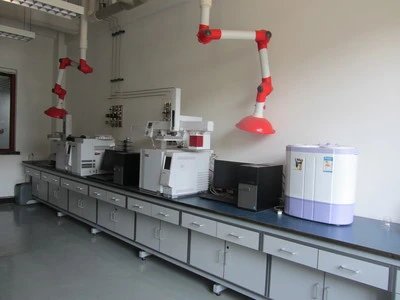
Calcination
For certain applications, the dried silica undergoes calcination—heating at elevated temperatures (typically 400-800°C) in air or controlled atmospheres. This thermal treatment:
①Removes residual organic compounds through oxidation
②Eliminates surface hydroxyl groups, modifying surface chemistry
③Induces structural changes, potentially transforming amorphous silica to crystalline forms at higher temperatures
④Increases mechanical stability of the particles
Calcination conditions substantially influence the final properties of bamboo extract silicon, with higher temperatures generally reducing surface area while increasing structural stability and altering surface chemistry. For many applications, calcination at 500-600°C for 2-4 hours provides an optimal balance between purity, stability, and surface properties.
Final Product Characterization
The completed bamboo extract silicon undergoes comprehensive characterization to assess its suitability for specific applications:
Chemical Composition: X-ray fluorescence (XRF) or inductively coupled plasma (ICP) analysis determines silica content and impurity levels
Phase Analysis: X-ray diffraction (XRD) identifies crystalline or amorphous nature
Surface Area and Porosity: Nitrogen adsorption-desorption tests measure specific surface area, pore volume, and pore size distribution
Particle Size and Morphology: Scanning electron microscopy (SEM) and dynamic light scattering evaluate particle dimensions and shapes
Surface Chemistry: Fourier transform infrared spectroscopy (FTIR) analyzes surface functional groups
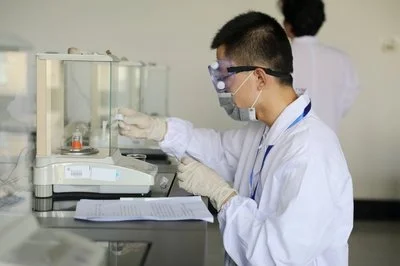
Rebecca: Bamboo Extract Silicon Supplier
The extraction of silica from bamboo represents a sustainable approach to obtaining this valuable material from a rapidly renewable resource. The process, spanning preprocessing and organic matter removal, silica isolation, and final purification and drying, combines scientific principles with practical engineering to transform bamboo into high-quality silicon products.
As industries increasingly seek eco-friendly alternatives to traditional materials, bamboo extract silicon offers compelling advantages. Its production consumes fewer resources compared to conventional silica sources while providing comparable or superior performance in many applications. The ability to tailor properties through controlled processing conditions further enhances its versatility across industrial, cosmetic, pharmaceutical, and agricultural sectors.
Our Product Specifications
Specification: Organic silicon, Min 70%, UV
Test Method: UV
For more information or to place an order, please reach out to us at information@sxrebecca.com.
References
El-Katsiri, S., Rahman, M., & Johnson, A. (2022). Comparative analysis of silica extraction methods from plant materials. Journal of Sustainable Materials Processing, 18(3), 245-258.
Gupta, R., Sharma, K., & Mishra, P. (2021). Parameters affecting silica precipitation from plant extracts: A systematic review. Advanced Materials Research, 45(2), 178-193.
Kumar, S., Sangwan, P., & Dhankhar, R. (2020). Optimization of bamboo preprocessing for efficient silica extraction. Bioresource Technology Reports, 12, 100566.
Mohanty, K., Mishra, A., & Patel, T. (2019). Characterization techniques for plant-derived silica: Current standards and emerging methods. Materials Characterization, 156, 109884.
